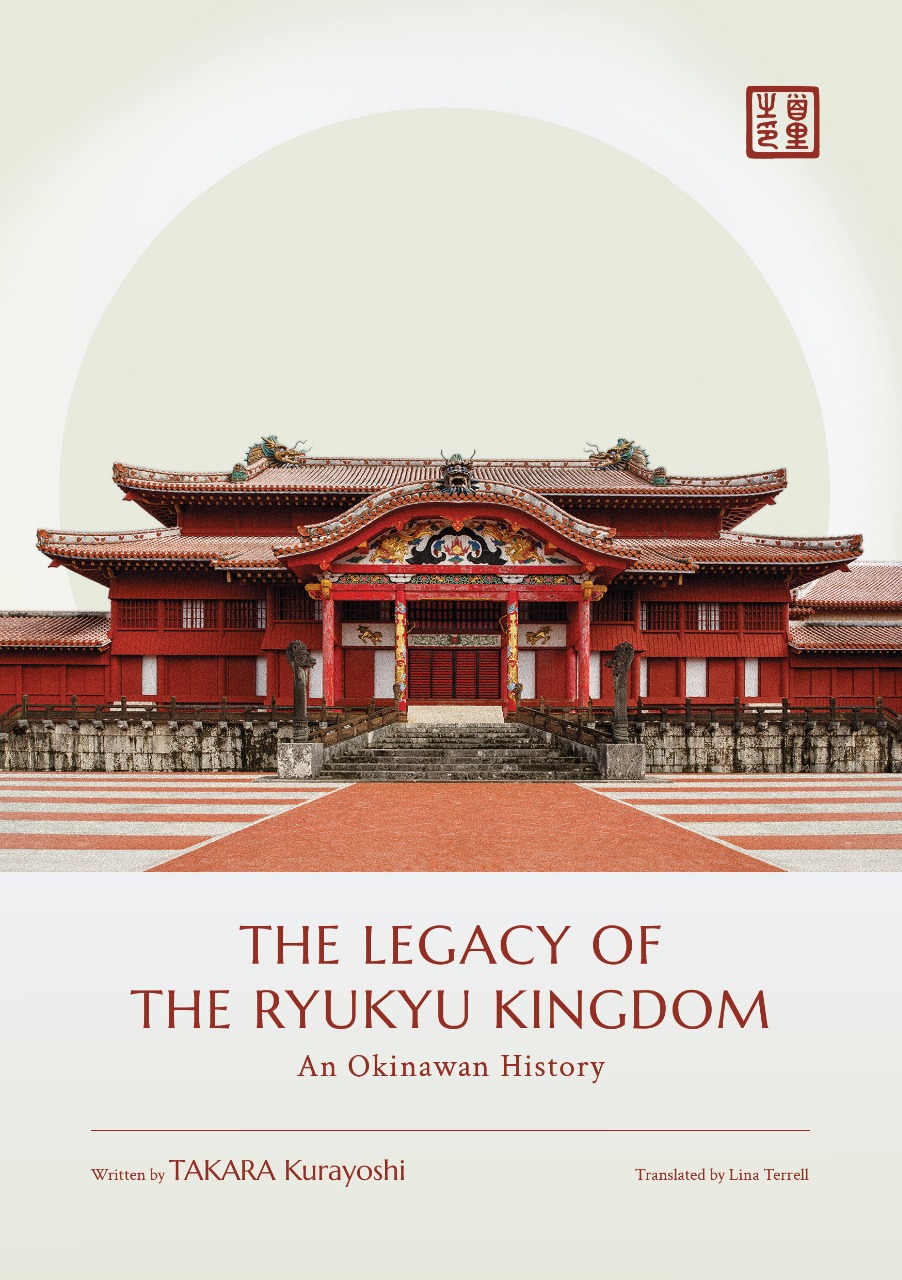Award Citation
Takara Kurayoshi is a historian who has broken ground in the field of Ryūkyū Islands studies on multiple fronts. He has also been actively involved as a creator and producer in various projects related to Ryūkyūan and Okinawan history. These projects include planning the Peaceful Love Rock Festival, which has a long history, and being commissioned to provide historical advice on period dramas for Japan's national NHK broadcaster. He has also made particularly outstanding contributions in restoring the main Seiden Hall of the Shuri Castle on two occasions.
Takara was born in 1947 in Izena Island in Okinawa prefecture. After graduating from Aichi University of Education, he worked as a senior specialist at the Okinawa Historiographical Institute, a project general manager of the Okinawa Prefectural Museum, and a director of the Urasoe City Library in Okinawa. Takara received a doctoral degree in Literature from Kyushu University in 1992. Subsequently, he held a professorship in the Faculty of Laws and Letters at the University of the Ryukyus from 1995 to 2013. Since 2019, he has been chairperson of the Technical Review Committee for the Reconstruction of Shuri Castle.
Takara advocates that the uniqueness of Ryūkyū and Okinawa can only be understood by exploring the history of Ancient Ryūkyū, which spanned from the Gusuku Period in the 12th century to the Shimazu Clan Invasion of Ryūkyū of 1609. His research, while based on meticulously deciphering historical documents, also approaches Ryūkyū from Asian and global perspectives, and this has significantly contributed to understanding Ryūkyū's history. His book, The Era of the Ryukyus: In Search of a Great Historical Figure (1980), depicts the Ryūkyū Kingdom's sudden rise to prominence and its prosperity achieved through the network of the Ming Dynasty tributary system. Whereas, Structure of the Ryukyu Kingdom (1987) and Issues in the History of the Ryukyu Kingdom (1989) unravel the overview of the whole Ryūkyū Kingdom by analyzing the governance structure within the Kingdom, which stretched from the Amami Islands to the Sakishima Islands. Following the Invasion of Ryūkyū by the Shimazu Clan, the Ryūkyū Kingdom was annexed by feudal Japan yet still maintained the tributary relationship with the Ming Dynasty. Professor Takara argues, therefore, that the Ryūkyū Kingdom stood as “a foreign nation within Japan,” stressing the need for “a new concept of Japanese history.”
In 1986, Takara became involved in the reconstruction project of Shuri Castle, which was burned down in the Battle of Okinawa in 1945. Despite an overwhelming lack of documentation to refer to, he contributed to the project with a historical perspective. To extract relevant information down to details as specific as paint colors, Takara studied the Sunpōki Drawings, the records of major repairs of the Seiden Main Hall carried out in 1768, documents from the Ryūkyū royal families, and the demolition and repair records from the 1920s and 1930s. He also collected firsthand accounts from the local elders. The main Seiden Hall was significant for demonstrating the Ryūkyū's soft power to foreign delegates and controlling the tribute trade, which was state-owned by the Kingdom. The reconstructed Seiden Main Hall is a fruition of Takara's research, global perspectives, and passion to restore the word 'Ryūkyū' not only to express the identity of Okinawa people but also to give it shape in the form of the Shuri Castle.
Takara combines in-depth analysis of national and international sources, an objective outlook on history from a global perspective, dedication to field research, making sure that he visits any place of historical importance both in Japan and abroad, and the ability to plan projects beyond the field of history. By integrating all of these abilities, he has expanded the field of Ryūkyū history from an academic discipline to a practical application in the contemporary world. Therefore, he is truly worthy of the Grand Prize of the Fukuoka Prize.
Achievements by Laureate
Message upon Announcement of Laureates
I never thought I would receive this esteemed prize that aims to widely promote from Fukuoka City the creativity of Asian cultures. It feels like a dream.
I have been studying the history of the Ryūkyū Kingdom, which created unique cultures by actively engaging with people in the surrounding Asian countries. In particular, I took on the challenge of restoring Shuri Castle, the symbol of the Ryūkyū Kingdom that was lost during the war, with many experts. I’m continuing this project to this day.
Shuri Castle plays a vital role in conveying the history and culture of exchange between Asia and Okinawa. I believe that receiving the Fukuoka Prize is the best encouragement I can receive.



